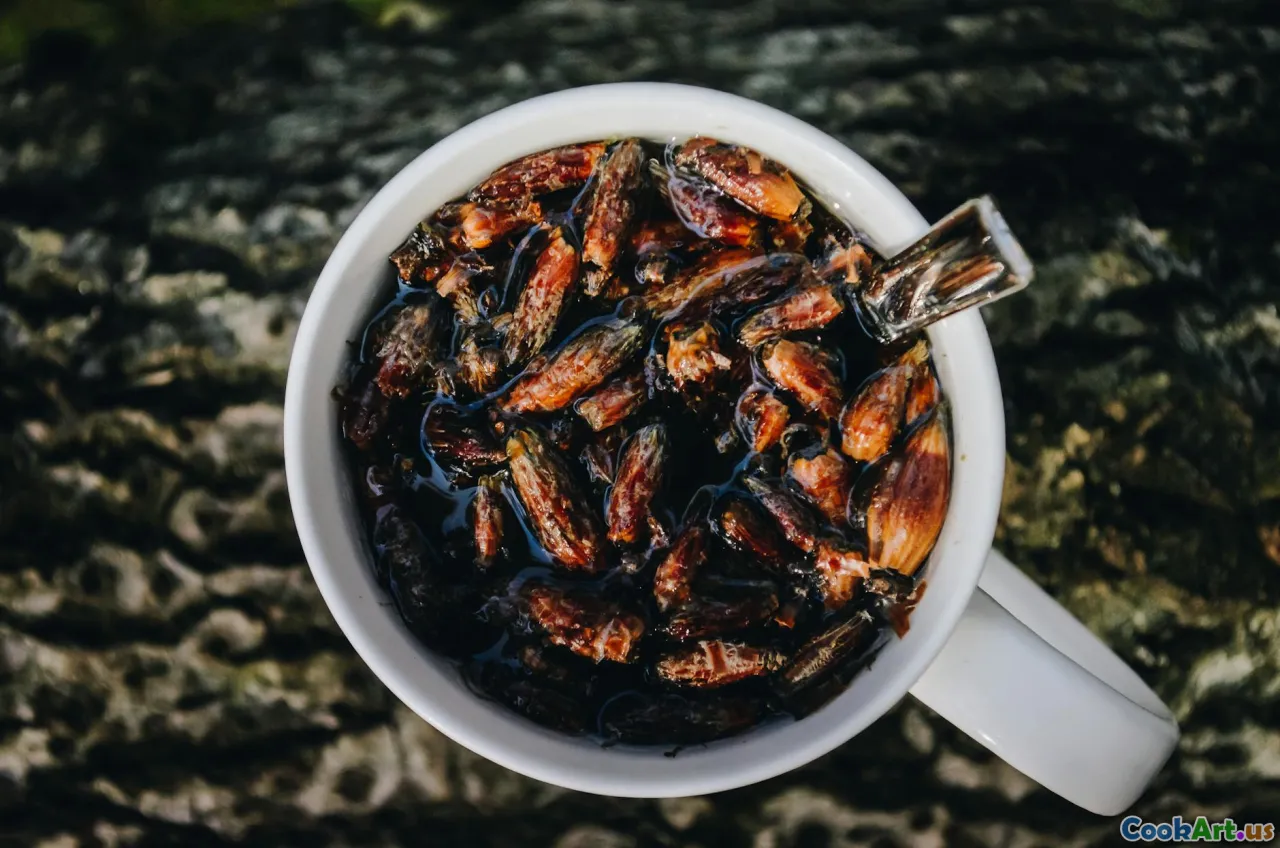Insect Proteins Gaining Culinary Acceptance
8 min read Discover how insect proteins are transforming modern cuisine—delivering sustainability, flavor, and cultural evolution in every bite. April 20, 2025 04:00
Insect Proteins Gaining Culinary Acceptance
Introduction: A Bold Shift in Food Culture
Imagine a plate where crunch meets curiosity—a dish featuring crispy crickets or silkworm pupae, not as novelties but as regular staples. Once relegated to the fringes of exotic eating or traditional practices in some cultures, insect proteins are now stepping into the limelight of culinary innovation, challenging our perceptions of what constitutes edible and sustainable food.
This shift isn’t just about novelty; it’s a response to pressing global issues—climate change, resource depletion, and the need for sustainable protein sources. As culinary artists, food scientists, and environmentally conscious consumers explore this frontier, insects are emerging as a surprisingly versatile, nutritious, and eco-friendly ingredient.
The Cultural and Historical Context of Entomophagy
Ancient Roots and Global Traditions
Insect consumption isn't a modern invention. Archaeological evidence suggests that ancient civilizations—ranging from the Aztecs to Chinese dynasties—often included insects in their diets. In Mexico, chapulines (grasshoppers) seasoned with lime and chili have been a delicacy for centuries. In parts of Africa and Southeast Asia, termites, beetles, and larvae are traditional protein sources, valued for their rich flavor and high nutritional content.
Modern Revival and Cultural Shift
Despite its deep roots, Western societies largely abandoned entomophagy in favor of livestock and plant-based proteins. However, recent years have seen a renaissance driven by environmental concerns and innovative culinary experimentation. Chefs and food entrepreneurs are now reimagining insects as gourmet ingredients, blending tradition with modern gastronomy.
The Science and Sustainability of Insect Proteins
Nutritional Powerhouses
Insects pack a punch—rich in high-quality protein, healthy fatty acids, vitamins, and minerals. For example, crickets contain around 60-70% protein by dry weight, comparable to beef but with a fraction of the environmental footprint. They are also a source of B12, iron, zinc, and omega-3 fatty acids.
Eco-Friendly Advantages
Compared to conventional livestock, insects require drastically less land, water, and feed. They emit fewer greenhouse gases—crickets, for instance, produce 80% less methane than cattle. Their ability to thrive on organic waste also positions them as champions of sustainable food systems.
Culinary Innovation: From Novelties to Gourmet
Textures and Flavors
Insect proteins are remarkably versatile. Depending on preparation, they can be nutty, earthy, or even slightly sweet. Their textures range from crunchy and crispy to tender and moist. Chefs have harnessed these qualities to craft dishes that surprise and delight.
Signature Dishes and Techniques
- Cricket Flour Breads and Pastries: Ground into a fine powder, cricket flour is used to boost protein content in muffins, pancakes, and energy bars.
- Insect-Infused Snacks: Roasted grasshoppers seasoned with spices, crispy mealworm chips, or chocolate-covered ants have gained popularity at gourmet markets.
- Main Courses: Some chefs are creating insect risottos, pasta, and even insect-based burgers that appeal to a broader audience.
The Sensory Experience
Imagine biting into a crunchy cricket cracker—its nutty flavor complemented by smoky spices—followed by a smooth cricket pâté that melts on the palate. The visual appeal of garnished dishes with colorful, seasoned insects adds an element of intrigue and conversation, transforming dining into a multisensory experience.
Personal and Cultural Reflections
Overcoming the 'Yuck' Factor
One of the biggest hurdles is psychological. Many Western consumers associate insects with dirt or disgust. Overcoming this requires education, exposure, and inventive culinary presentations that emphasize flavor, quality, and sustainability.
The Power of Storytelling
Culinary storytelling plays a vital role. Chefs who share the cultural history of insects or highlight their environmental benefits can inspire curiosity and acceptance. For instance, a dish inspired by Mexican traditions or Southeast Asian delicacies connects diners to a broader narrative.
Personal Encounters and Epiphanies
Many food enthusiasts report that once they taste insect-based dishes prepared with skill and care, their perceptions shift. The experience of savoring a well-crafted cricket protein cookie or a spicy roasted mealworm snack can challenge preconceived notions and open minds.
The Future of Insect Proteins in Cuisine
Mainstream Adoption and Market Growth
As research advances and consumer acceptance grows, insect proteins are poised to become mainstream ingredients. Major food companies are investing in insect protein products—pasta, protein bars, and even plant-based meat analogs incorporating insect ingredients.
Culinary Education and Innovation
Culinary schools are beginning to include insect-centric courses, encouraging upcoming chefs to experiment. Food festivals, pop-ups, and Michelin-starred restaurants are showcasing insect dishes, elevating their status from novelty to necessity.
Ethical and Environmental Considerations
Insect farming presents a humane and sustainable alternative to traditional livestock. As the global population rises, insects could play a crucial role in ensuring food security while reducing environmental impact.
Final Thoughts: Embracing the Insect-Inspired Future
The acceptance of insect proteins in our culinary landscape signifies a broader shift towards sustainable, innovative, and culturally inclusive eating. While challenges remain—particularly in overcoming ingrained taboos—the potential benefits are undeniable.
Imagine a world where your favorite burger is made with cricket flour, where crunchy snacks are crafted from roasted mealworms, and where each bite tells a story of tradition, innovation, and respect for our planet. That future is no longer a distant dream but an emerging reality, inviting us all to taste, explore, and embrace the extraordinary possibilities of insect proteins.
In conclusion, the culinary acceptance of insect proteins is more than a trend; it's a testament to human ingenuity and our collective responsibility to create a sustainable future. As chefs continue to push boundaries and consumers become more receptive, insects may soon become a common—and celebrated—ingredient in kitchens around the world.









